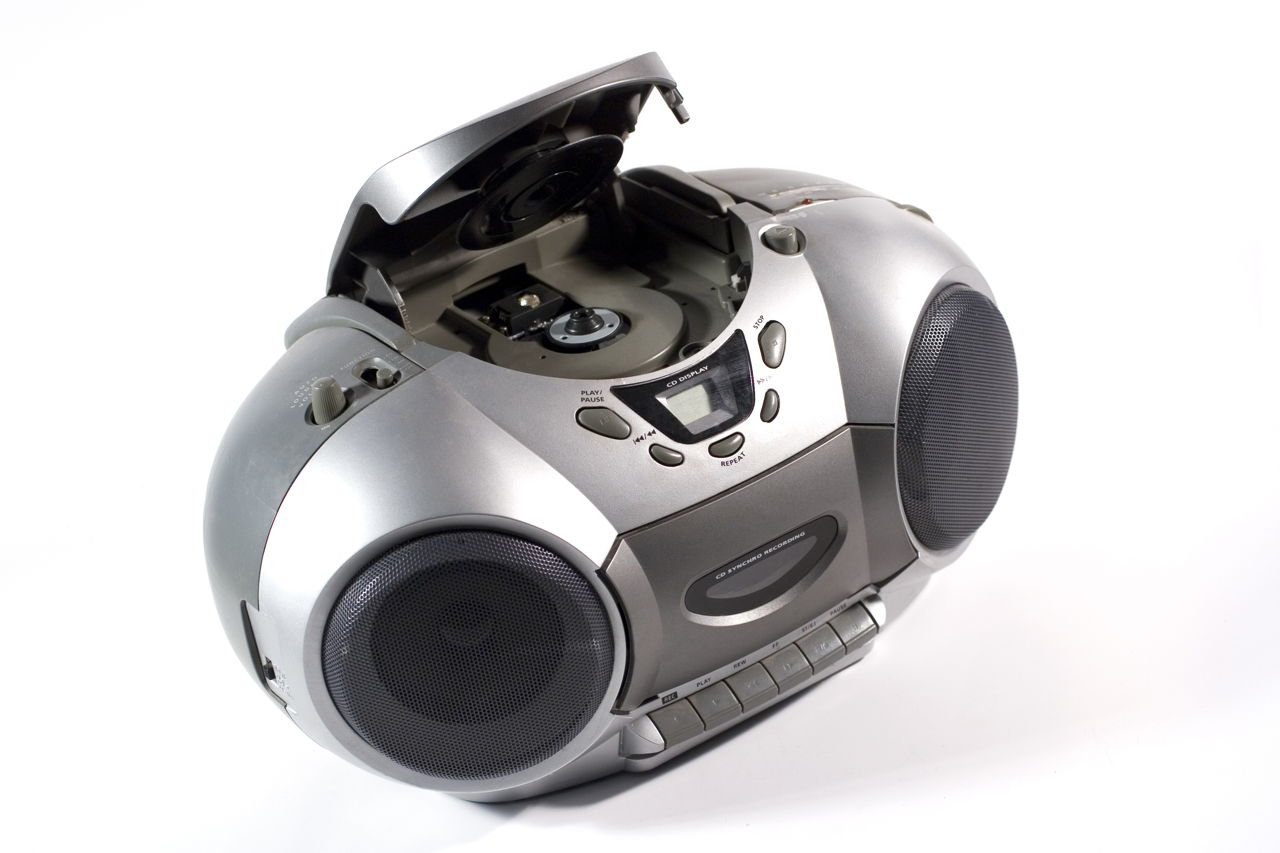
The technology used in CD players has contributed widely in the entertainment field. Read on to know more…
CD players are one of the most commonly found devices in today’s world. However, many more technologically advanced gadgets have been invented based on the technology incorporated in CD players, such as blue-ray discs.
Nowadays, there are many types of CD players available in the market, and a person surely gets confused as to which one would be the best for him. They differ greatly in several aspects such as style, quality, design, usability, technical features, functions, and price.
Few players are portable, while others are incorporated in bigger sound systems. Some systems can use only a single CD at a time, while others can store 50 disks and play any one needed by the user. Some are really inexpensive, while others are costly. However, the cost strongly depends on several factors like the brand, functions, warranty, etc.
Components of a CD Player
Irrespective of the player you opt for, it would obligatorily have three basic components which are implemented in all modern players: a drive motor, a tracking component, and a laser-lens. Another function that all players have in common is, that they all translate data which is stored in the form of extended bumps on the disc.
The primary function of a drive motor is to make the CD spin at the required speed. As the rotating speed of a disc counts the part of the CD being interpreted, the drive motor sets the speed accordingly. For some areas on the disc, the speed won’t be more than 200 rpm; whereas for other areas, the speed can reach around 500 rpm.
While the CD is in its rotational motion, the tracking device sets the laser assembly, and enables the laser-lens system to concenter on very tiny bumps, where the information is stored. The tracking system enables the optical maser to invariably move over the middle and outward areas on the disc.
The extended bumps on the disc surface consist of information which is read by the laser-lens mechanism. Each bulge is very tiny and not broader than 0.5 microns, it’s height not more than 125 micro-millimeters, and length not more 0.83 micrometers. These bumps are arranged in an organized manner on the disc’s surface in the form of a 3.5 mile long spiral.
The disc itself consists of various different layers that include a polycarbonate layer, and an aluminum layer. When the beam tries to find the information stored on the compact disc, it first penetrates into the polycarbonate layer, after which it would be reflected by the aluminum layer.
The optoelectronic mechanism in the CD player will then detect the beam modifications. The bumps on the surface of the CD reflect the beam in a manner which is different from those areas that don’t have such bumps. The player has the ability to identify which portion on the CD has bumps and which don’t.
In case of a scratched disc, the player mechanism won’t be able to interpret it. If a small area on the disc is damaged, the mechanism will still be able to read the disc, but only after skipping the damaged area.
If a larger area on the disc is scratched, the CD can in no way be used further. It is always recommended to keep the discs in a protective cover which will protect it from scratches or any damages.
This process is found in most of the CD and DVD players today. CD player technology has come a long way and is also going through some technological progressions to enhance user satisfaction.